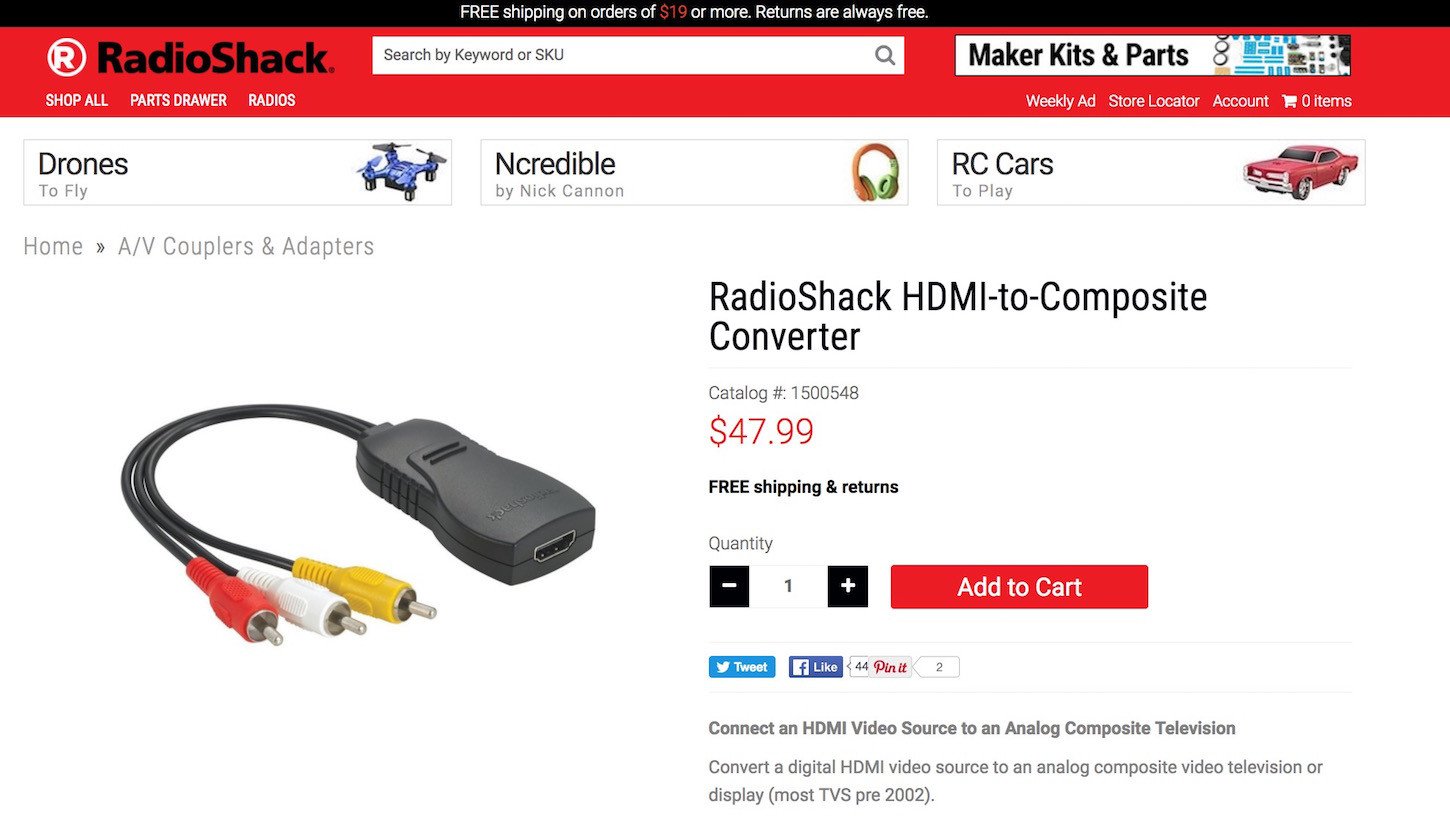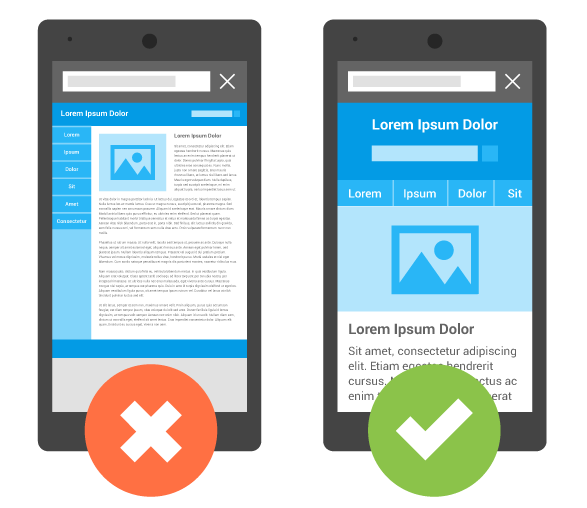Customers Bouncing at Checkout? Here’s Why and How to Fix it
You’ve been doing a great job at driving shoppers to your online store. However, a lot of them seem to be leaving your website without making a purchase.
Sound familiar?
You’re not alone: The average online shopping cart abandonment rate is 69.57%. This means less than a third of all shopping carts actually get purchased.
Shoppers abandon their shopping carts for plenty of reasons. In this guide, we’re going to go over the most common ones and help you address them head-on to keep more shoppers on your website and generate more sales.
#cta-paragraph-pb#See checkout customizations from real Shopify merchants to help you create the best checkout experience.
Why Would-Be Customers are Abandoning Their Shopping Cart
See if any of these common issues apply to your store.
1. Shoppers Don’t Trust You
According to Baymard, 17% of all online purchases are canceled due to a lack of trust. If you want to keep making sales, you’ll need to find a way to build trust with shoppers and make them feel more comfortable buying from you.
This is where trust signals can help.
Trust signals are website elements that show shoppers you’re running a legitimate business. One example of a trust signal is displaying your business’ phone number, physical address and email address on your website.
Trust signals are highly effective because they rely on two specific cognitive biases humans have:
- Zero-risk bias: People prefer situations where they aren’t risking anything. A trust signal that takes advantage of this bias would be a money-back guarantee logo that shows shoppers that they can easily get their money back if they’re not satisfied with their purchase.
- Confirmation bias: People often look for signs that would confirm their existing opinion and convince them to make a decision that they already wanted to make. Positive product reviews are an example of a trust signal that plays to this type of bias.
The four main categories of trust signals include guarantees, association signals, membership signals and social proof.
Guarantees
Guarantees show shoppers that buying from your business is safe. For example, one guarantee could be they’ll be able to get their money back if they’re not satisfied with a purchase. This type of trust signal is best placed on your website’s footer so it can be displayed on all your pages.
Having a guarantee on your checkout page is especially important since almost a fifth of all abandoned shopping carts are the result of shoppers not trusting your website enough to enter their credit card details. By including trust seals from companies such as Visa, MasterCard and PayPal on your website, you can help mitigate this risk.

Association signals
Association signals demonstrate your business is affiliated with other reputable businesses. This helps you build trust more easily.
Examples of association signals include logos of media channels where your business has been featured, as well as brands whose products you sell.

Membership signals
Showing that your business is a member of a reputable organization can do wonders for helping shoppers feel more at ease when buying from you. One such organization is the Better Business Bureau.
Depending on your industry, there may be other organizations it would be wise to join if you’d like to have an easier time building trust.

Social proof
Social proof is the tendency to see an action as more appropriate because other people are already doing it. This relies on the fact that people often copy the behavior of those who are similar to them in one way or another, more attractive than them, or possess one or more desirable qualities.
There are different types of social proof you can take advantage of to build trust:
Expert recommendations: One of the best types of social proof you can acquire is getting recommended by an industry expert. Try contacting experts in your industry and see if they’d be interested in reviewing one or more of your products.

User-generated content: User-generated content includes testimonials, product reviews and customer-created social media posts.
With 70% of consumers searching for product reviews online before buying a product, and 90% admitting that reviews have influenced their purchasing decisions, it’s clear this type of social proof is highly effective at boosting conversion rates and sales.

Celebrity endorsements:
Getting your products endorsed by a celebrity or influencer is another type of social proof that’s highly effective in building trust.
By reaching out to influencers and setting up collaborations to promote your products, you’ll be able to appeal to the 49% of consumers who look to influencers when they want product recommendations.

Wisdom of the crowd: Consumers are more inclined to buy a product if they see that a lot of people have already bought it. You can take advantage of this by showing sales in real-time, displaying the number of products you’ve sold or showing the number of social shares your website has generated.

2. Your Checkout Process is Too Complicated
About 23% of all shopping cart abandonments are the result of a complicated checkout process. If you want to increase your checkout conversion rate and generate more sales, you’ll need to improve your checkout process.
The most common ways to improve an ecommerce checkout process involve allowing shoppers to check out without creating an account, getting rid of distractions and speeding up the entire process as much as possible.
Allow shoppers to check out without creating an account
No one likes having to create an account just to make a single purchase. In fact, as many as 31% of abandoned shopping carts are due to the fact that shoppers weren’t willing to create an account just to check out.
To avoid this, you’ll want to enable guest checkout on your website and allow shoppers to skip account creation altogether.

Over fourty-three percent of ecommerce businesses reported that guest checkout had the biggest influence on improving their conversion rate. llowing shoppers to check out without creating an account is probably one of the smartest things you can do when it comes to generating more sales for your business.
Don’t worry about not being able to collect customer information. You can ask customers to create an account once they complete their purchase or even create an account for them automatically by using their email address and a randomly generated password.
Get rid of distractions
Once you have shoppers on your checkout page, you don’t want anything on the page to distract them from entering their payment details and checking out. It’s crucial you remove any potential distractions from the checkout page, including navigational links, banners and search bars.
Amazon is great at this, as you can see in the image below.

Make it fast
Shoppers can get frustrated quickly if they see they need to enter a large amount of information just to buy a single product. With the average checkout form containing double the amount of fields than are realistically needed to complete a purchase, it shouldn’t be a problem to speed up your checkout process by asking for less information.
Remove any fields that aren’t crucial for completing a purchase, such as the “Salutation,” “Address 2,” and “Company Name” fields. Additionally, let shoppers opt to use their billing address as the shipping address for their order easily so they don’t have to type in the same information twice.
3. You Don’t Offer Enough Payment Options
As much as 50% of consumers abandon their shopping cart if they’re not able to pay using their favorite payment method. This means that ecommerce businesses need to work on providing more payment options to their customers.
If you’re running an ecommerce business, you’re surely offering credit card payments.
What about PayPal, Apple Pay, and Amazon Pay?
These three are the most popular digital wallets you should consider supporting in your online store.
Out of the three, PayPal is definitely the most popular. It also has the highest conversion rate among all payment methods.

Its Express Checkout feature provides shoppers with a quick and hassle-free checkout experience with the help of the billing and shipping information the shoppers already have in their PayPal account.
Both ApplePay and Amazon Pay offer similar features.
ApplePay allows shoppers to check out with a single tap using Touch ID, which helps to decrease checkout time by as much as 60% and improve mobile conversions by up to 20%.
Amazon Pay, on the other hand, enables shoppers to check out by using the information from their Amazon account, saving them from having to type in their billing and shipping details again and again.
4. Your Website isn’t Optimized for Mobile Devices
79% of smartphone users claim to have used a mobile device to make online purchases. Additionally, mobile sales are expected to comprise 53.9% of all ecommerce transactions by 2021.
However, 61% of shoppers are likely to leave a website that doesn’t work properly on their mobile device, with 45% stating that they’re less likely to revisit such a website.

These stats make it crucial that you optimize your ecommerce website for mobile devices.
This will help you reduce the number of abandoned checkouts, improve your conversion rate and give you a competitive edge over the 44% of small businesses that still don’t have a website optimized for mobile devices.

So, where should you start when looking to optimize your website for mobile?
First, remember that mobile users won’t be using a computer mouse or a laptop touchpad to browse your website. Instead, they’ll be using their fingers. To account for this, you should ensure that all elements of your website can be easily reached by using thumbs only.
You should also strive to use a bigger font size, as well as large input boxes and buttons on your website. This will make your website easier to use and reduce the number of misclicks mobile users make.
Since typing in information on a mobile device is harder than using a desktop or laptop keyboard, you’ll also want to reduce the amount of information you request from your customers.
Finally, we’d recommend completely eliminating popups from your mobile ecommerce website since they can disrupt mobile visitors’ browsing experience in a significant way.

5. Shoppers Don’t Like Your Return Policy
A business’ return policy is very important to shoppers. Sixty-six percent of people will check a website’s return policy before they make a purchase.
This goes back to the zero-risk bias we discussed at the beginning of this guide. People want to know that they can easily return an item and get their money back if they’re not satisfied with their purchase. Your return policy needs to let them know that they can do that, as well as explain the entire return process so shoppers will be comfortable buying from you.

If shoppers don’t like the terms of your return policy, they’ll be less likely to shop with you. It’s as simple as that.
If you’re looking to improve your return policy, start by removing any legal jargon; make your policy easy to understand. Let customers know what they can expect if they end up being unsatisfied with their purchase.
Do you offer refunds, exchanges or store credit? Let shoppers know all about it.
Your return policy should also mention:
- Which items can be returned (and which can’t)
- The return window during which items can be returned
- The condition in which items need to be in so they’ll be eligible for a return
- Any fees associated with the return process
Work on simplifying your return process to make it as easy as possible for your customers to return items and get what they really want. This can help you increase repeat purchases significantly.

Finally, remember to make your return policy easy to find.
You don’t want shoppers spending 30 minutes trying to find your return policy. Put a link to your return policy in your website’s header or footer.
You might also want to consider showing a shortened version of your return policy on your product and checkout pages, as well as in your order confirmation email.

Reduce Your Shopping Cart Abandonment Rate
Most online shopping carts are abandoned before or during checkout. There are a lot of reasons why shoppers abandon their shopping carts — and while some of them are out of your control, some of them aren’t.l.
To reduce your shopping cart abandonment rate and generate more sales, try these five tips:
- Use trust signals to help you build trust more easily and make shoppers feel more comfortable about buying from you.
- Simplify your checkout process to make it as easy as possible for shoppers to make a purchase.
- Provide more payment methods so shoppers will be able to check out using their favorite payment option.
- Optimize your website for mobile devices to ensure a great shopping experience for all your mobile visitors.
- Improve your return policy to make it as easy as possible for customers to return items and get what they really want.
Good luck!

Boris Mustapic
Boris Mustapic is a writer and content marketing specialist with a decade of experience in the digital marketing industry. Having built his own successful ecommerce business, he likes to share his knowledge with ecommerce enthusiasts. Apart from writing about marketing and ecommerce, Boris also enjoys a good book and a glass of red wine.



